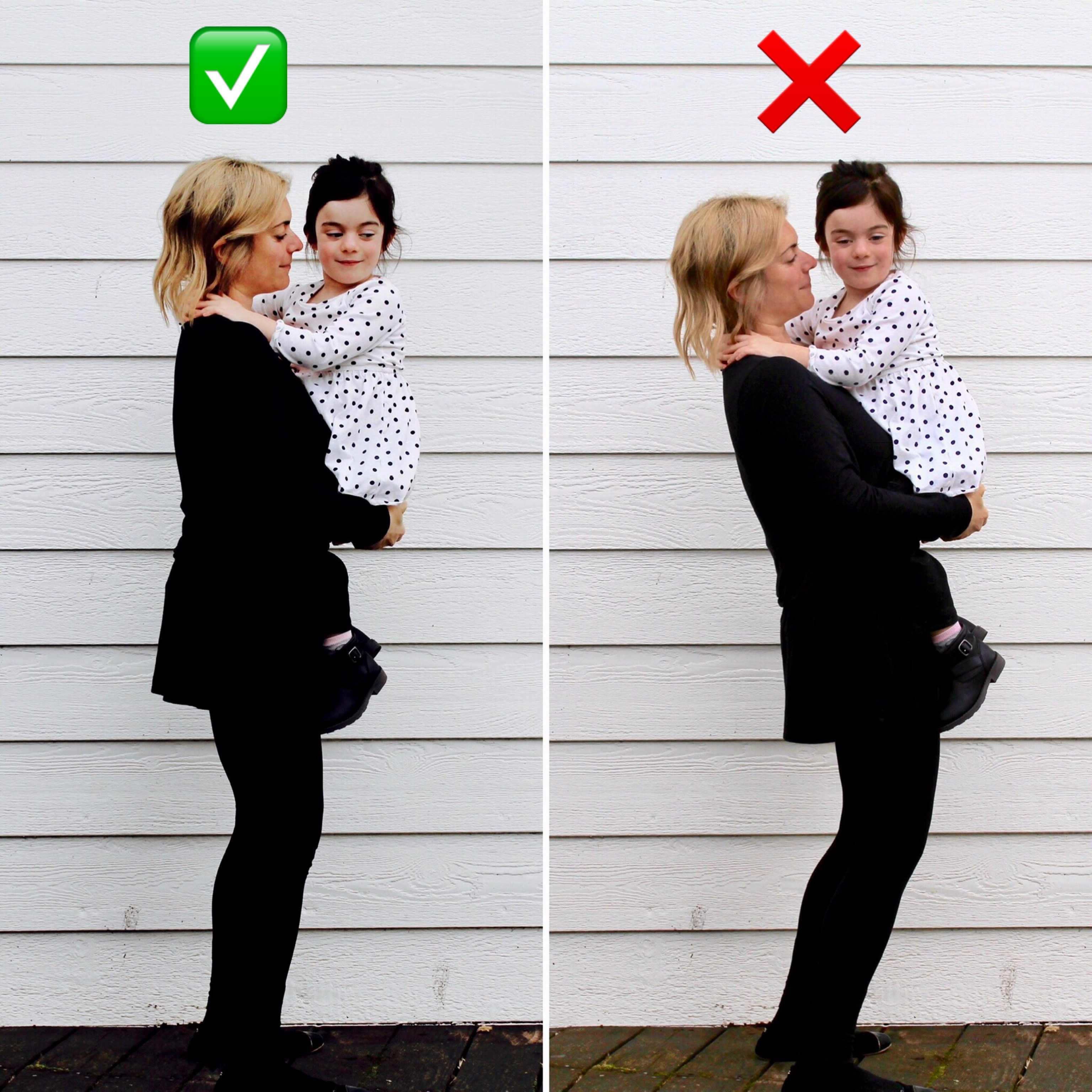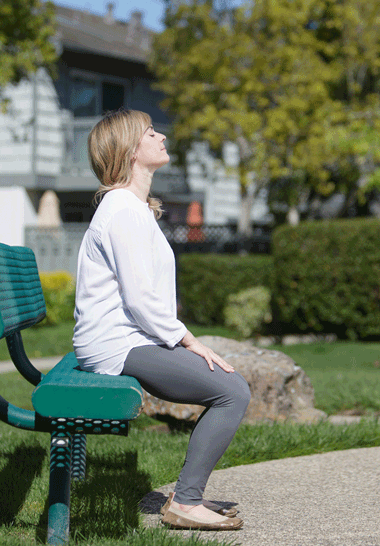MEDICAL AND SCIENTIFIC RESEARCH OF THE ALEXANDER TECHNIQUE
Although F.M Alexander began his technique in the 1800s, it has taken science quite awhile to catch up with his simple yet magnificent understanding of how postural use greatly affects the human body. Presently, there is much research on applying the Alexander Technique to those suffering with Parkinson’s Disease, back pain, symptoms of old age, etc.
Please click on the link below to read some of the completed studies on the great affects of applying the Alexander Technique to those suffering with pain.
- Randomised controlled trial of Alexander technique lessons, exercise, and massage (ATEAM) for chronic and recurrent back pain
- Reductions in co-contraction following neuromuscular re-education in people with knee osteoarthritis
- Effects of alexander technique training experience on gait behavior in older adults
- For further research please click here.
- alexandertechnique.com







